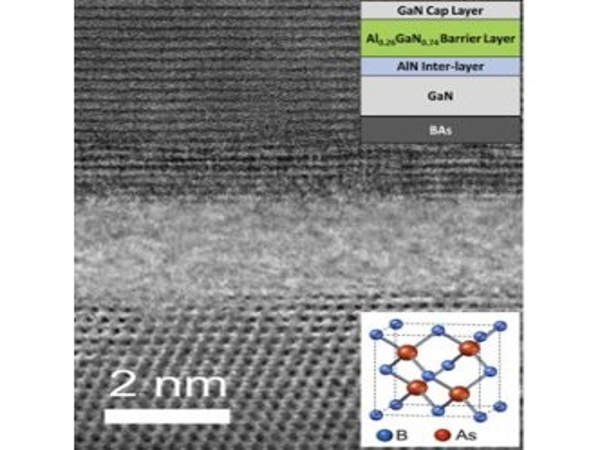UCLA engineers have successfully integrated a novel semiconductor material into high-power computer chips to reduce heat and improve processor performance. The advancement greatly improves computer energy efficiency and enables heat removal beyond the best thermal-management devices currently available.
Yongjie Hu, an associate professor of mechanical and aerospace engineering at UCLA’s Samueli School of Engineering, led the study. The discovery was recently published in Nature Electronics in this article.
Over the years, computer processors have shrunk to nanometer scales, with billions of transistors sitting on a single computer chip. While the increased number of transistors aids in the speed and power of computers, it also creates more hot spots in a highly condensed space. Computer processors slow down when there is no efficient way to dissipate heat during operation, resulting in unreliable and inefficient computing. Furthermore, the highly concentrated heat and soaring temperatures on computer chips necessitate the use of additional energy to keep processors from overheating.
Engineers demonstrated successful integration of novel semiconductor material into high-power computer chips to reduce heat on processors and improve their performance.
Hu and his team pioneered the development of a new ultrahigh thermal-management material in 2018 to solve the problem. In their lab, the researchers created defect-free boron arsenide and discovered that it is far more effective at drawing and dissipating heat than other known metal or semiconductor materials such as diamond and silicon carbide. The team has now successfully demonstrated the material’s effectiveness by incorporating it into high-power devices for the first time.
In their experiments, the researchers used computer chips equipped with cutting-edge, wide bandgap gallium nitride transistors known as high-electron-mobility transistors (HEMTs). Chips that used boron arsenide as a heat spreader showed a maximum heat increase from room temperatures to nearly 188 degrees Fahrenheit when running at near maximum capacity. This is significantly lower than chips that use diamond to spread heat, with temperatures rising to around 278 degrees Fahrenheit or chips that use silicon carbide, with temperatures rising to around 332 degrees Fahrenheit.

“These findings clearly demonstrate that boron-arsenide devices can sustain significantly higher operation power than processors using traditional thermal-management materials,” Hu said. “And our experiments were conducted in conditions that would cause most current technologies to fail. This advancement establishes a new standard of performance and has enormous potential for applications in high-power electronics and future electronics packaging.”
Computer cooling is required to remove waste heat generated by computer components in order to keep them within permissible operating temperature limits. Overheating can cause temporary or permanent malfunction of integrated circuits such as central processing units (CPUs), chipsets, graphics cards, and hard disk drives.
According to Hu, boron arsenide is ideal for heat management because it has both high thermal conductivity and low heat-transport resistance.
“When heat crosses a boundary from one material to another, it usually takes some time to get into the next material,” Hu explained. “Our boron arsenide material’s distinguishing feature is its extremely low thermal-boundary resistance. This is similar to if the heat only needed to step over a curb rather than jump a hurdle.”
Because high temperatures can significantly reduce component life span or cause permanent damage, and component heat output can sometimes exceed the computer’s cooling capacity, manufacturers frequently take extra precautions to ensure that temperatures stay within safe limits. When high temperatures are detected, a computer with thermal sensors integrated into the CPU, motherboard, chipset, or GPU can shut itself down to prevent permanent damage, though this does not guarantee long-term safe operation.
Boron phosphide, another excellent heat-spreader candidate, has also been developed by the team. During their experiments, the researchers first demonstrated how to construct a boron arsenide semiconductor structure and then integrated the material into a HEMT-chip design. The successful demonstration paves the way for the technology to be adopted by the industry.















